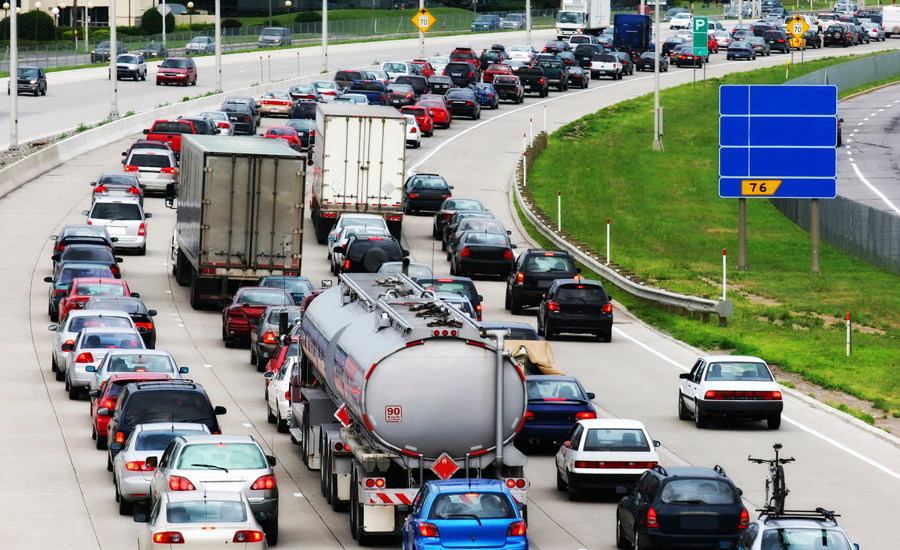An NTSB Safety Compass Blog post
How employers can make our roads safer

“Safety should not be a competitive advantage.”
That’s the message I keep in mind every time I visit groups that represent employers, like the Network of Employers for Transportation Safety (NETS) which focuses on highway safety, or when I meet with the executives at individual companies, who may use many different modes of transportation for their businesses.
The NTSB is a unique federal agency because we are completely independent. Our agency has one simple but noble purpose: to prevent transportation-related deaths and injuries. We are on call 24 hours a day, 365 days a year, to investigate accidents, assist victims’ families, develop factual records, and recommend changes to make transportation safer. Unlike many government agencies, the NTSB has no regulatory authority, and we have no financial incentives to promote our safety recommendations. Our daily decision-making is guided by our values of integrity, transparency, independence, and excellence. We undertake investigations and make recommendations for the sole purpose of preventing future transportation disasters.
Employers are uniquely positioned to meaningfully advance the recommendations that we make at the NTSB. Over the years, we’ve issued over 14,000 safety recommendations to over 2,300 recipients, many of which are employers or groups that represent them. We know that if employers voluntarily implement our recommendations, our transportation system will be much safer. We’ve issued business-relevant recommendations related to installing recorder technology, developing fatigue management plans, requiring medical fitness, and many more—most of which are on our Most Wanted List (MWL).
Employers have a responsibility to address transportation safety. Nowhere is this more evident than for employers with vehicle fleets. Many employers develop policies and procedures to keep their staff safe on the roads because they know that motor vehicle crashes are the leading cause of death among workers in the United States. According to the Bureau of Labor Statistics, from 2003–2015, there were more than 23,000 work-related motor vehicle deaths in the United States. The issues on our MWL, if addressed by employers, can help reduce this unfortunate statistic.
One way employers have helped advance safety—and can continue to do so—is by promoting evidence-based interventions like lowering the illegal BAC (blood alcohol concentration) to .05 (g/dL) or lower and implementing primary seat belt laws in the communities they serve. More than 10,000 people die in alcohol-related crashes every year. We’ve recently received attention because of our efforts to end impaired driving and our recommendation to change BAC laws from .08 to .05 BAC or lower. Many peer-reviewed studies have shown that such a law would prevent impaired‑driving crashes. While commercial drivers already are required to comply with a .04 BAC limit, employers can be an important influence in the lives of their employees, as well as in the communities in which they operate, by educating their employees and spreading the word about the effectiveness of a .05 BAC law.
Safety-conscious employers were some of the first and most vocal supporters of...Click here to read the rest of the blog post.
Click here to visit the National Transportation Safety Board website.
Looking for a reprint of this article?
From high-res PDFs to custom plaques, order your copy today!







